In a small corner of Japan’s southwestern Kyushu Island, the little-known destination of Oita Prefecture awaits.
It’s a region that boasts plenty of natural beauty – think hot springs, mountains and beaches – as well as a rich cultural and religious heritage. Oh, and mouthwatering food.
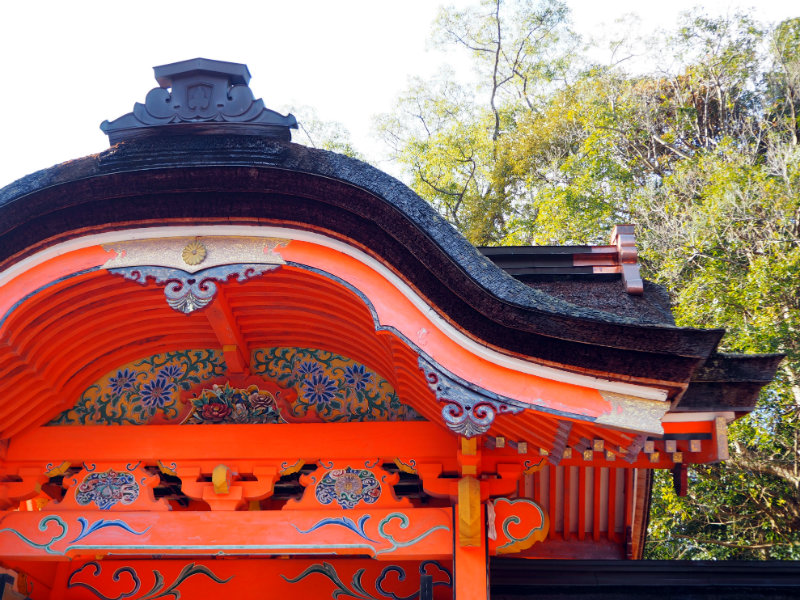
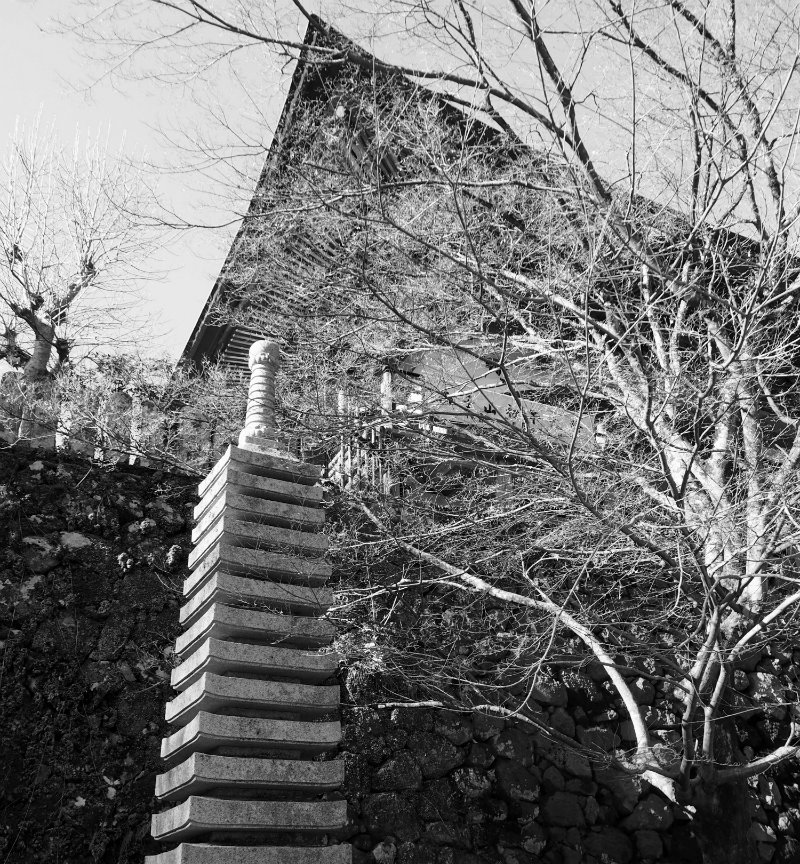
I landed in the Prefecture’s capital, the city of Oita, just an hour after taking off in Tokyo, and immediately felt like I’d stepped back in time.
It helped that the first thing I did was dress in a traditional kimono and stroll around a samurai village (more on that later).
But everything I saw in Oita left me with the impression that I’d stumbled – in socks and sandals – into one of those rare and incredible destinations where time has stood still and modern culture hasn’t yet seeped into every facet of life.
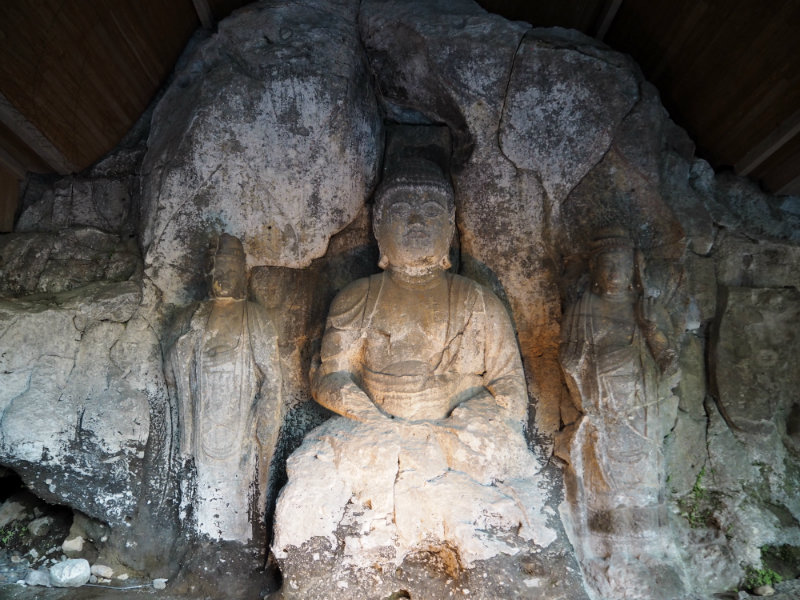
For a slice of authentic, untouched Japan – a far cry from the bustling metropolis of Tokyo – stay a while in Oita Prefecture and immerse yourself (quite literally) in the hot waters and (more figuratively) the many incredible sights the region has to offer.
Here’s what you can’t miss seeing while you’re there.
Kitsuki Castle Town
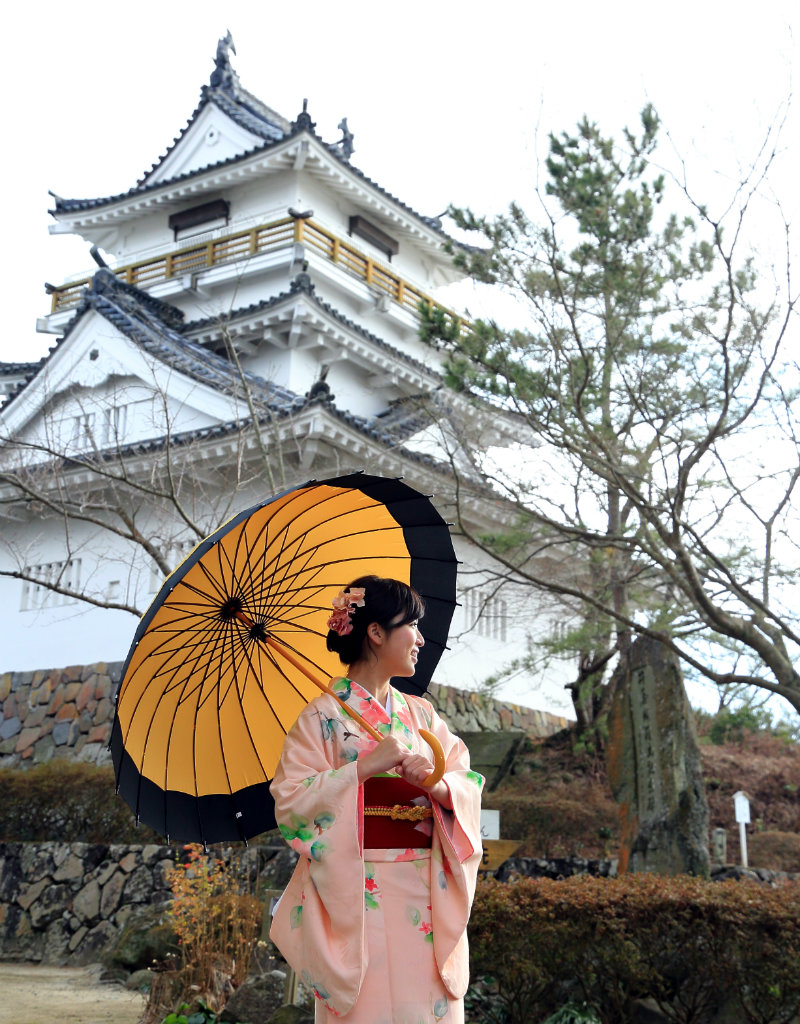
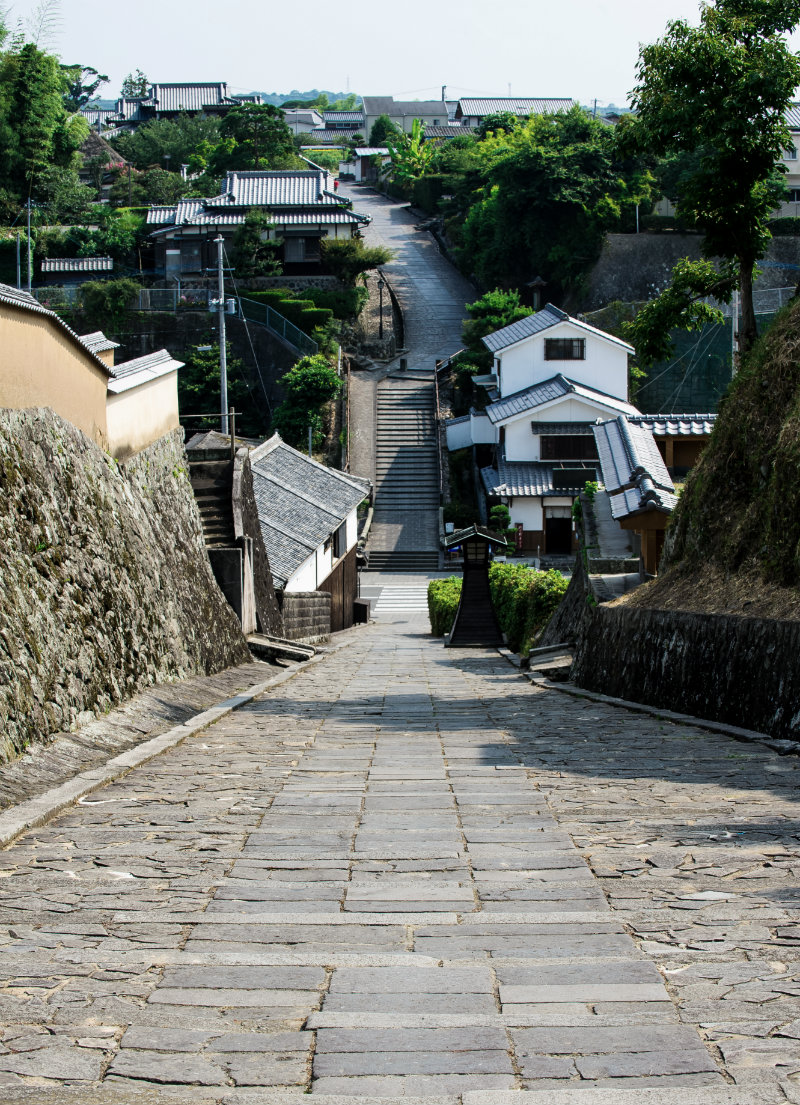
If you’ve always wanted to try dressing in a traditional kimono, here’s where you need to do it.
There’s nothing more authentic than shuffling (because the kimono is so tight you won’t be able to walk any other way) through samurai homes, sipping green tea and admiring the smallest castle in Japan from under your paper parasol.
I’ll be sharing more about my kimono experience in another blog post, but whether you like to dress the part or not, there are plenty of reasons to visit Kitsuki Castle Town.
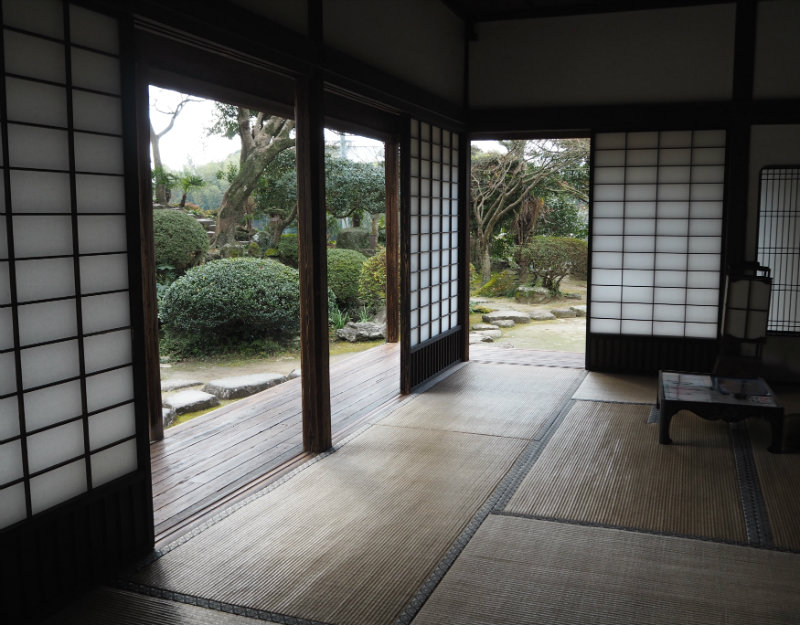
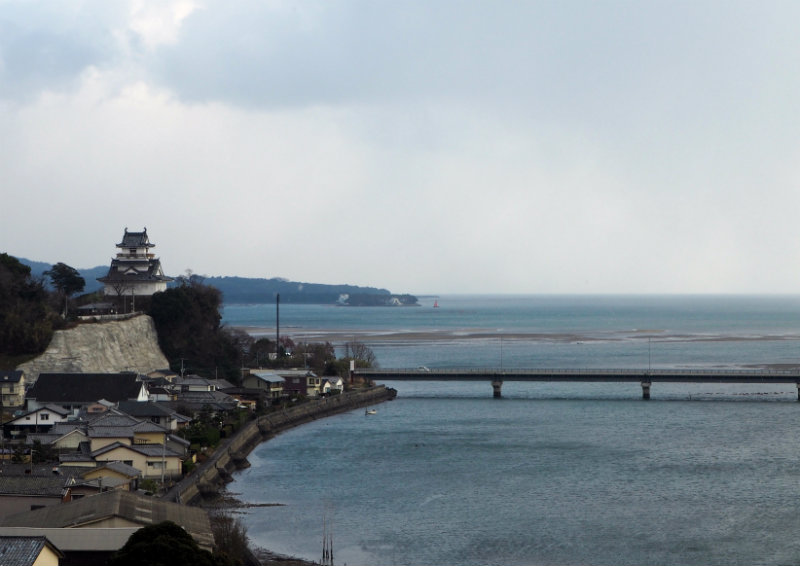
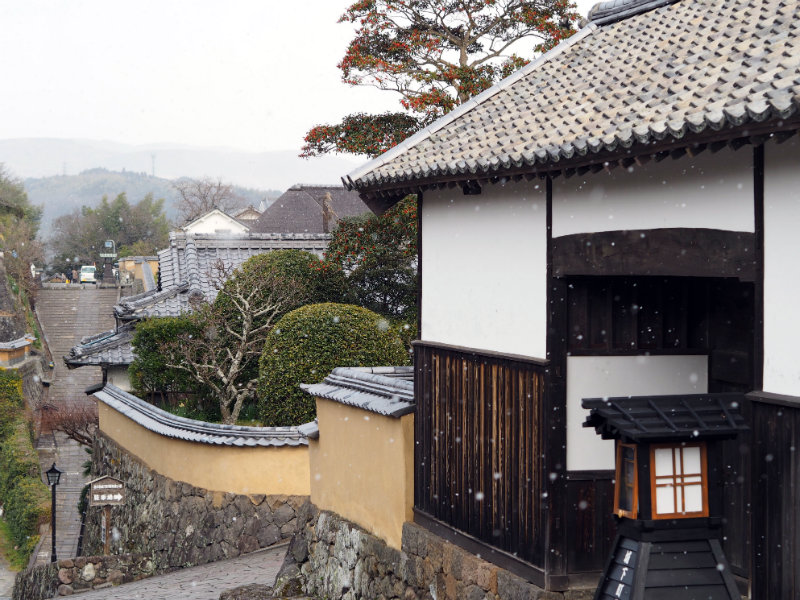
They call it the sandwich town, because the elite residents once sandwiched in the working class from the two plateaus that line either side of the merchant road.
Some of those elite homes were owned by samurai families in the Edo period, and visitors today can check out the beautiful structures with their intricate traditional gardens.
As well as the samurai homes, don’t miss the stunning Suya-no-saka and Shioya-no-saka slopes, which allowed access between the warriors’ residences and the market street below.
Usa Jingu Shrine
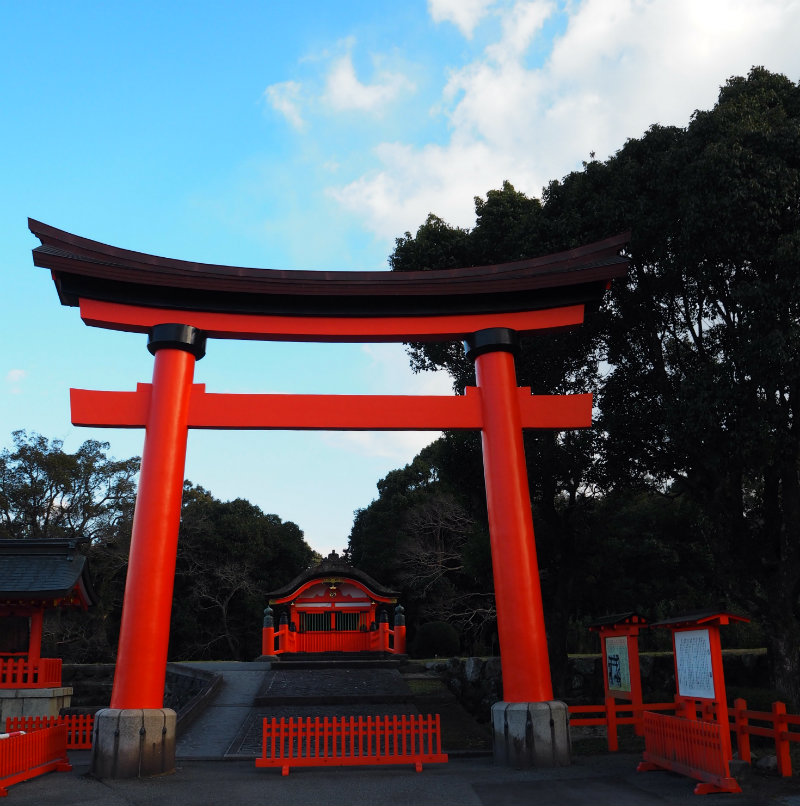
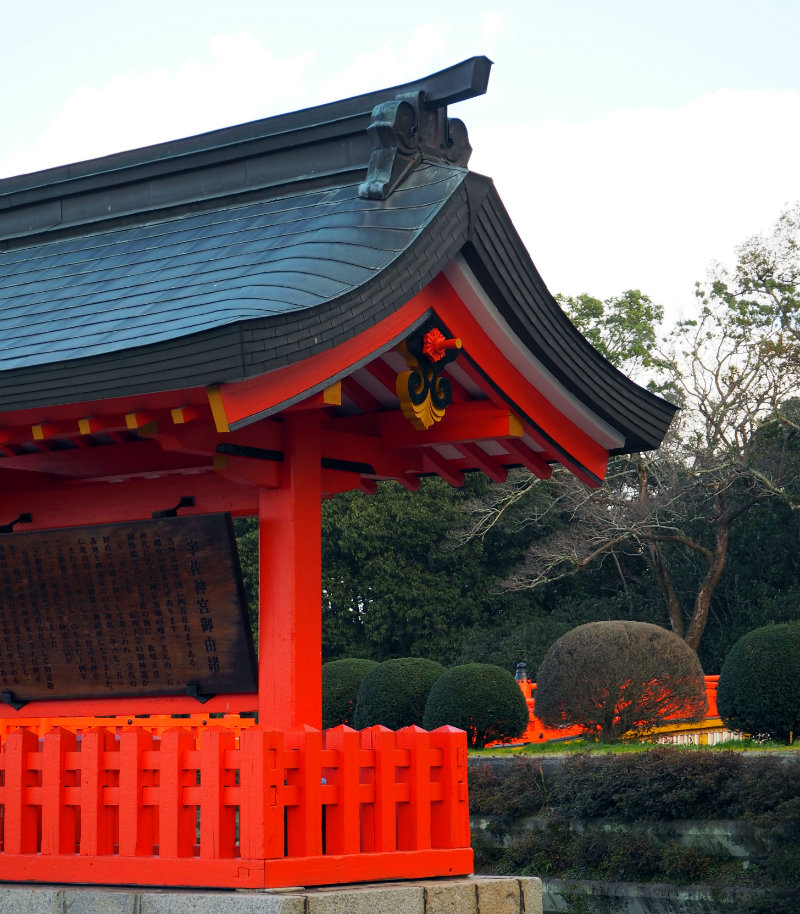
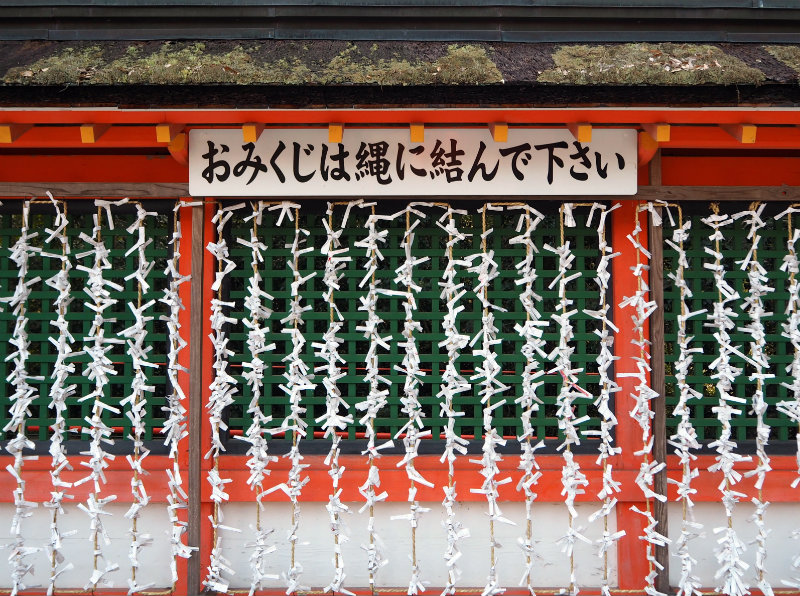
As you drive towards Usa Jingu shrine, you’ll be greeted by hilltop lettering, reminiscent of the Hollywood sign, announcing your arrival into USA. But there’s nothing American about it here. Usa Jingu shrine, built in AD725 by emperor Shoumu, is as traditional as it is grand.
This particular religious site is the head shrine for 44,000 smaller Shinto shrines (jinja) in Japan, and its influence is matched only by its beauty. Vivid orange buildings, carved with ornate figures and symbols, are dotted throughout the pathways that run beneath canopies of lush green trees.
The main shrine itself is so stunning that it’s considered to be a Japanese National Treasure, and the views across the hills beyond are well worth taking a moment to admire.
While you’re here, make sure you make the most of the useful audio guide, which explains (in English) the history, symbolism and religious customs linked to this incredible shrine.
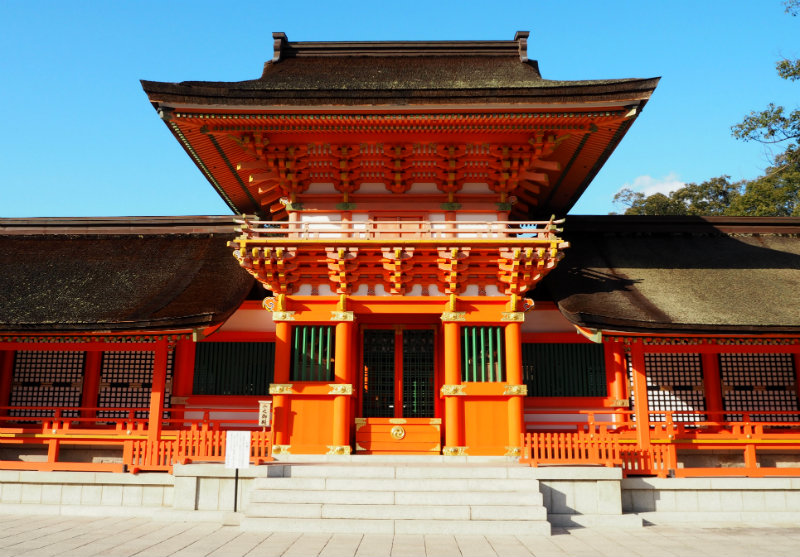
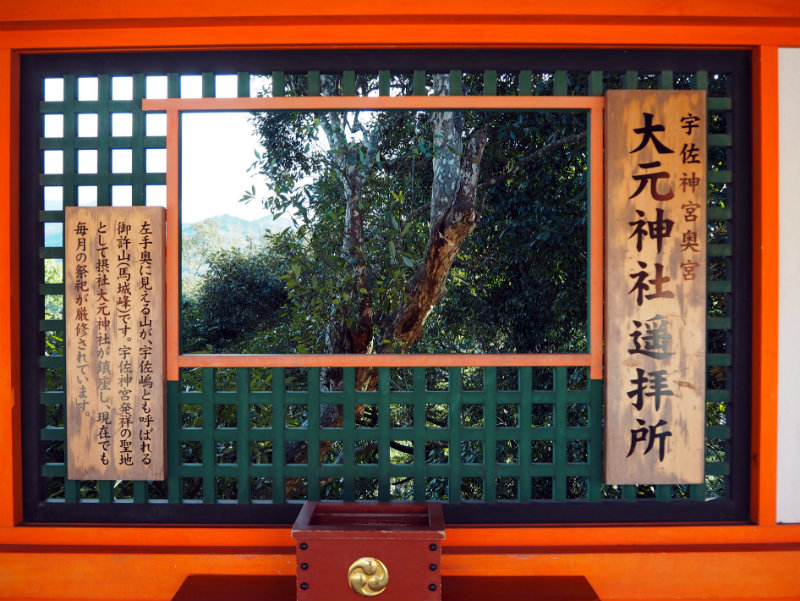

Hells of Beppu
The town of Beppu boasts the highest volume of natural hot spring water in Japan, and so the entire region surrounding the town is covered in onsen (or hot springs).
Most onsen are used for bathing (don’t try it without knowing the right way to onsen) but the Jigoku (or hell) onsens are far too hot to even dip your toes into. The hottest of the hells is almost boiling at 98 degrees. So hot in fact, that eggs are cooked in the water and sold to guests as a snack.
Eight hells in total are dotted throughout the mountain area of Beppu, and it’s well worth visiting a few of them while you’re in the area. Although you can purchase a ticket to see all of the hells, some are quite far apart and others just aren’t worth seeing. These Jigoku, however, are definitely worth stopping in to admire!
Oniishi Bozu Jigoku (or shaven monk’s head hell) is a series of mud ponds that bubble up and form beautiful rings of thick grey and white mud. The bubbles themselves are said to resemble monks’ heads, which is how this onsen got its name.
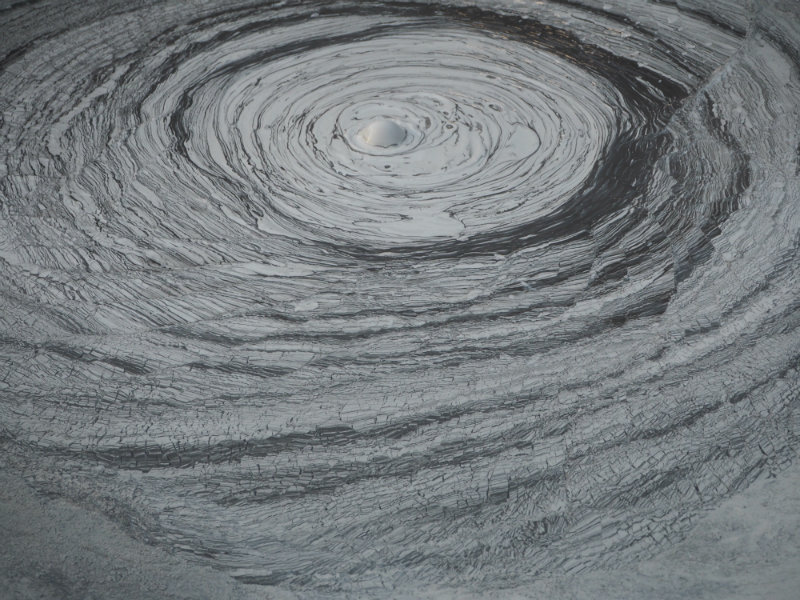

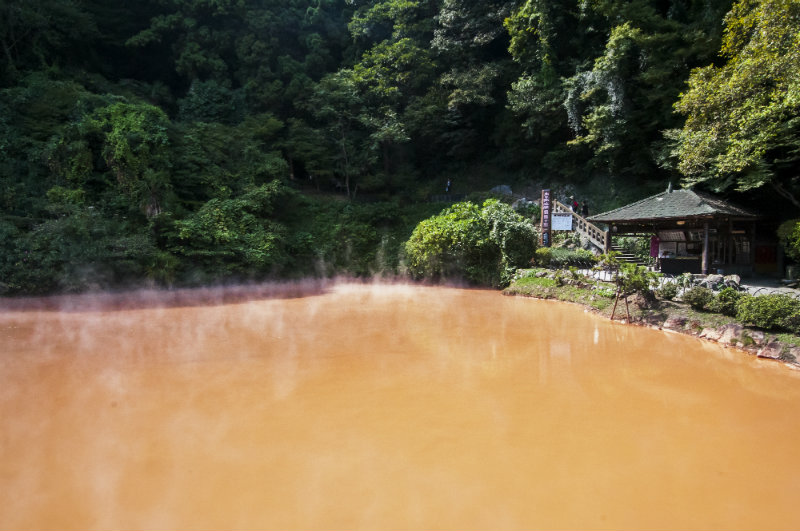
Chi-no-ike Jigoku, or blood hell, gets its name from the red clay that lines the bottom of the pond. The magnesium that gives the mud its colour is said to be good for the skin, and so visitors can buy products made from this rich onsen mud.
Umi Jigoku, or ocean hell, gets its name from the vibrant aquamarine colour caused by minerals in the water. Said to have been formed 1,300 years ago by a volcanic eruption, this is the deepest hell at 200m, and also one of the hottest.
In summer, the ponds surrounding Umi Jigoku are covered in giant water lilies, the leaves of which can support the weight of a small child – if you don’t believe me, check out all the photos at the entrance!
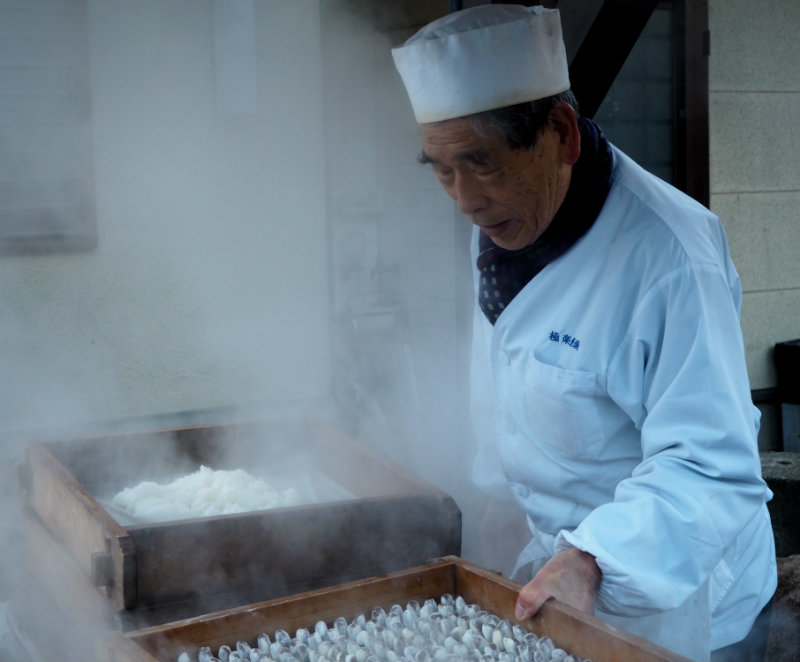
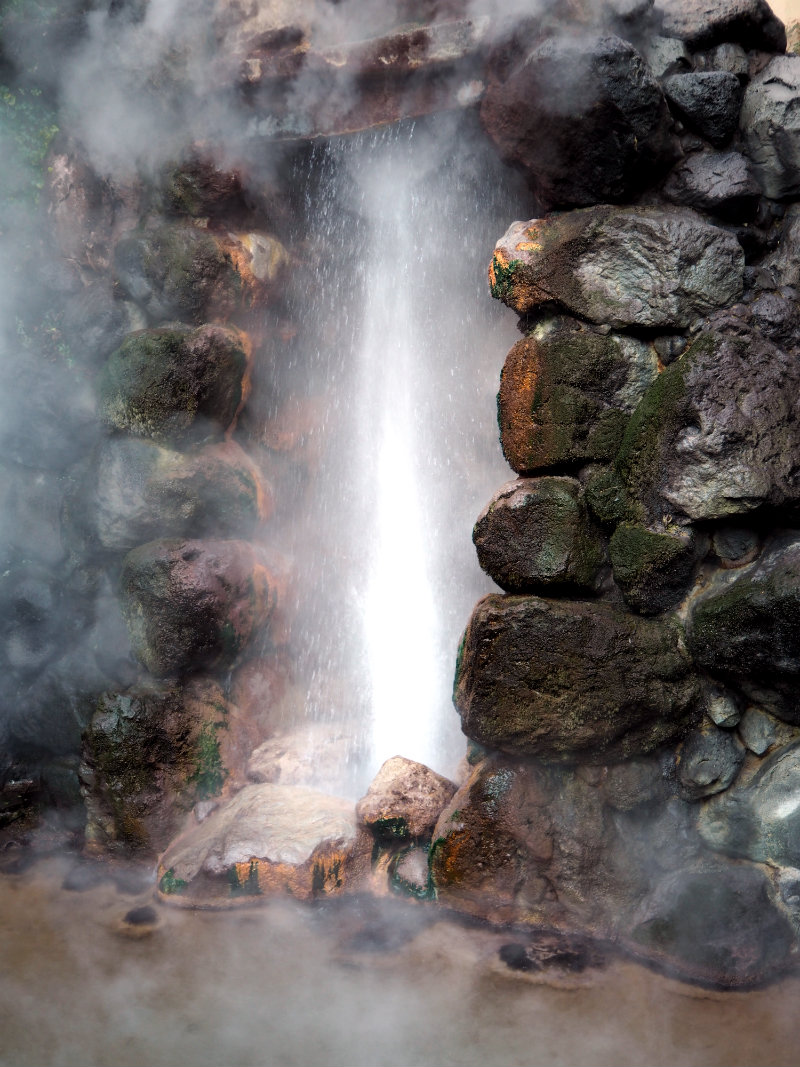

Finally, don’t miss Tatsumaki Jigoku, or spout hell, a geysir that spouts every half hour or so (call ahead to make sure you time it right) for five minutes or so. The water is so hot, and shoots so high into the air, that a stone barrier had to be built to contain the huge amount of water that erupts multiple times a day.
Usuki Stone Buddhas
High in the hills of the Usuki region lies an incredible sight that has to be seen to be believed.
The Usuki Stone Buddhas are a series of intricately carved statues that have miraculously survived for over 800 years, with experts estimating them to have been carved as early as the year 794AD.
The stones they’re carved into are actually volcanic ash that’s been hardened for centuries. There are 61 statues in total, with 59 having being designated as national treasures.
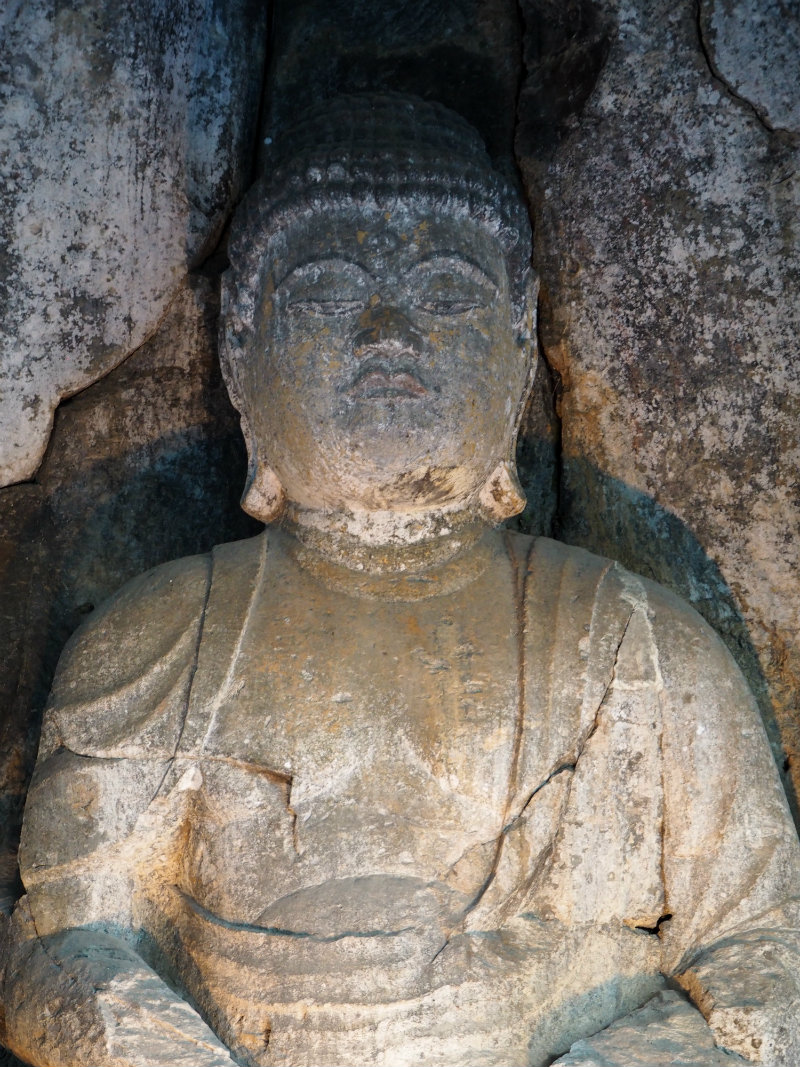
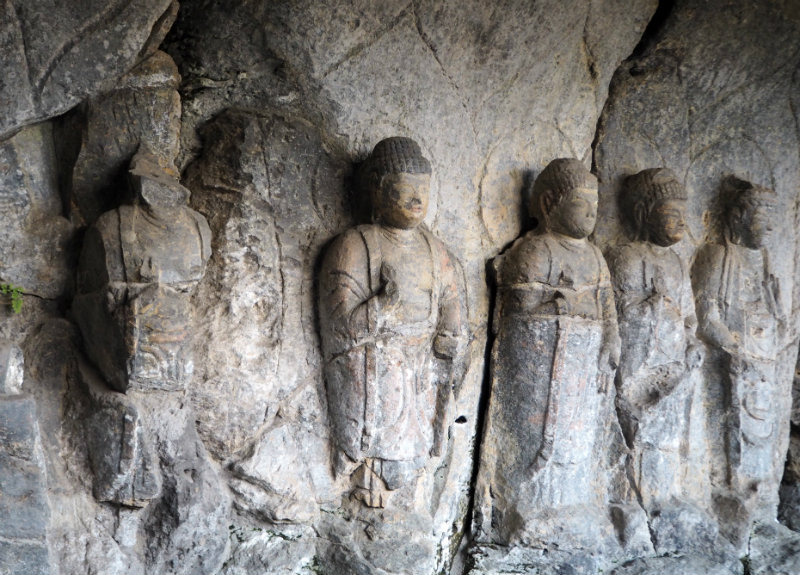
Dainichi Nyorai is said to be the best stone Buddha in Japan, and is world-famous for his serene expression. Some of the original paint work on the carvings has survived the centuries, but despite their incredible condition, no one really knows why they were created.
Some believe that a master carver was invited by local Buddhists in Oita Prefecture to create a sculpture that they could see from the village, but no one knows how long the carvings took or how many people worked on them overall.
This air of mystery is part of the appeal of the Usuki Stone Buddhas, and walking through the caves in these remote cliff faces is an experience you’ll never forget.
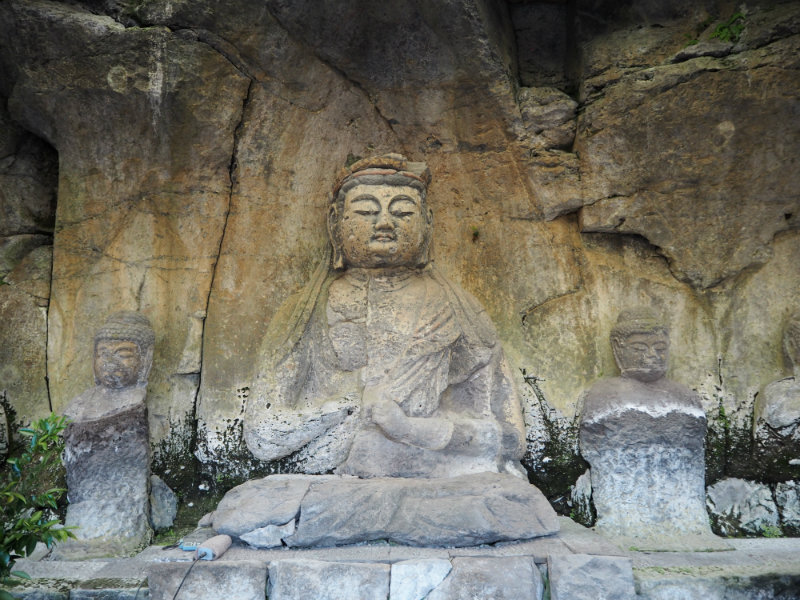
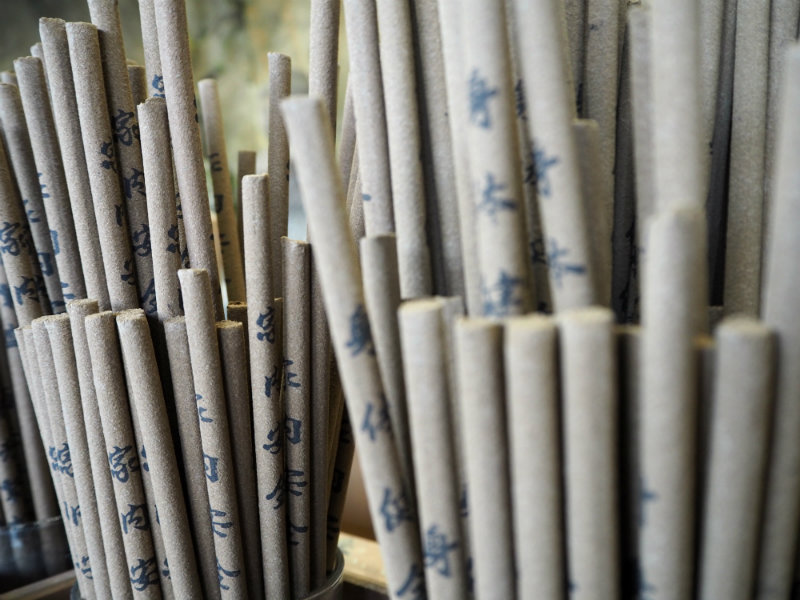
Futagoji Temple
This famous temple is found in Bungotakada on Oita Prefecture’s Kunisaki Peninsula, which became known as a sacred religious ground some 1,300 years ago.
The temple itself is located right in the middle of the region’s highest mountain, Futagoyama, and it’s made up of a Buddhist temple as well as a shrine, both as breathtaking as one another.
Before you reach the temple hall you are greeted by two stone guardians, called Niouzo, which are said to help strengthen visitors’ legs. And you’ll need all the strength you can get for the steps you’ll encounter here, but don’t worry – it’s worth the climb.
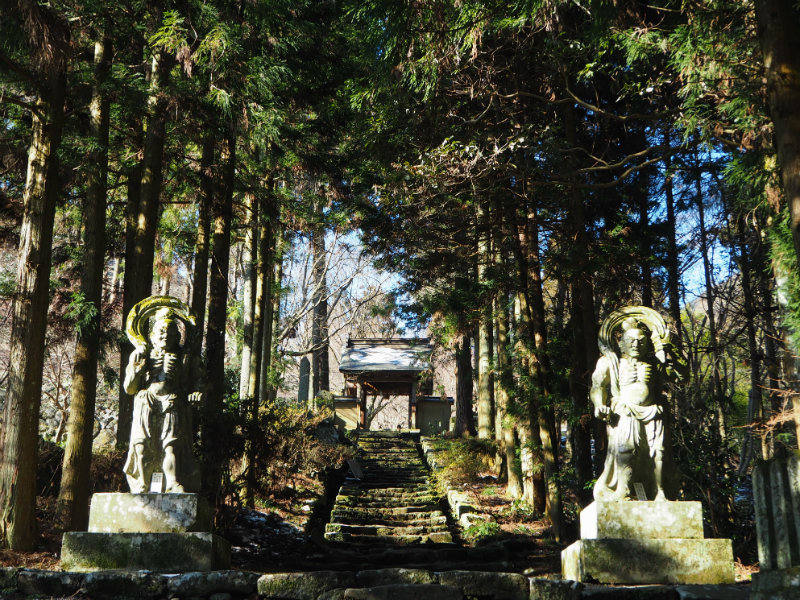
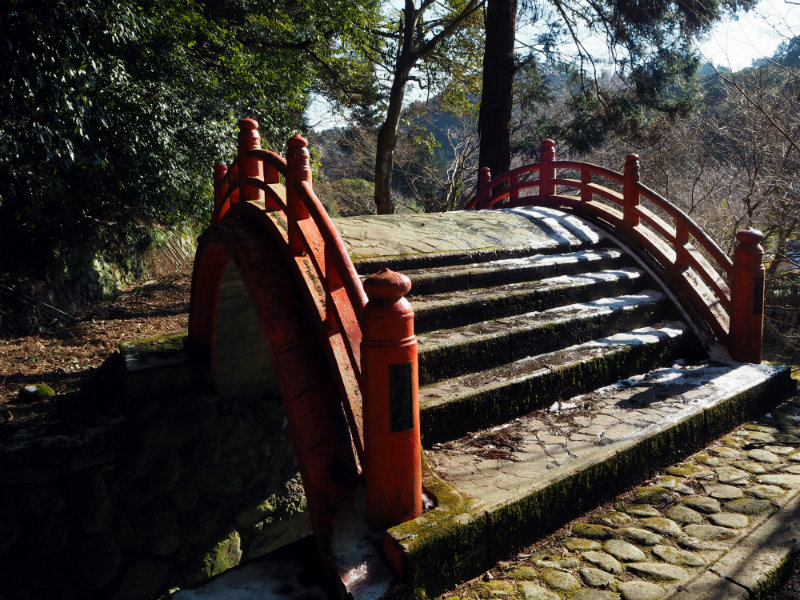
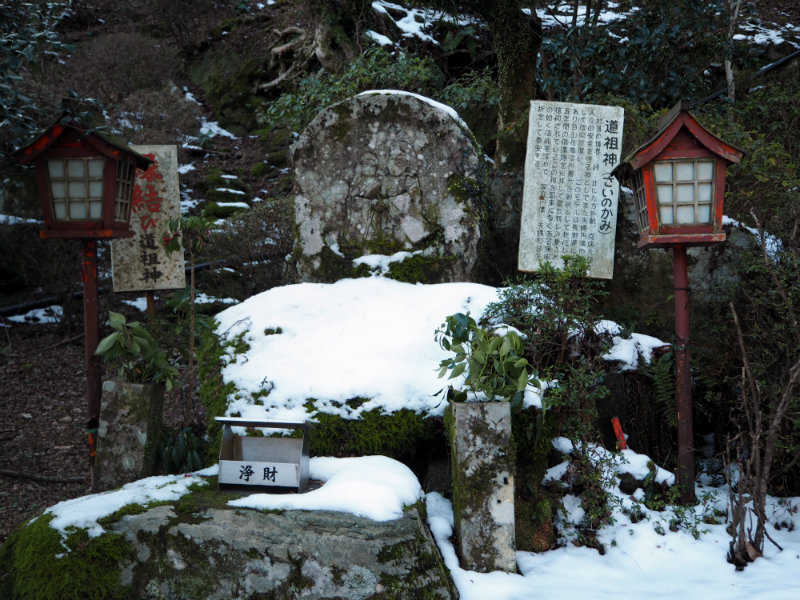
The main temple building has a special significance for women trying to conceive a child. Hopeful mothers-to-be will leave an offering here – a bag sewed with 33 different pieces of fabric, 32 of which must be donated by women with children of their own, filled with rice, incense burners, candles and sake.
When asked about the offering success rate, the reverend produced a photo album, which he proudly flicked through for us to see for ourselves.
Photos of happy, smiling children stared back at us – all born after their mothers brought their patchwork bag to Futagoji Temple.
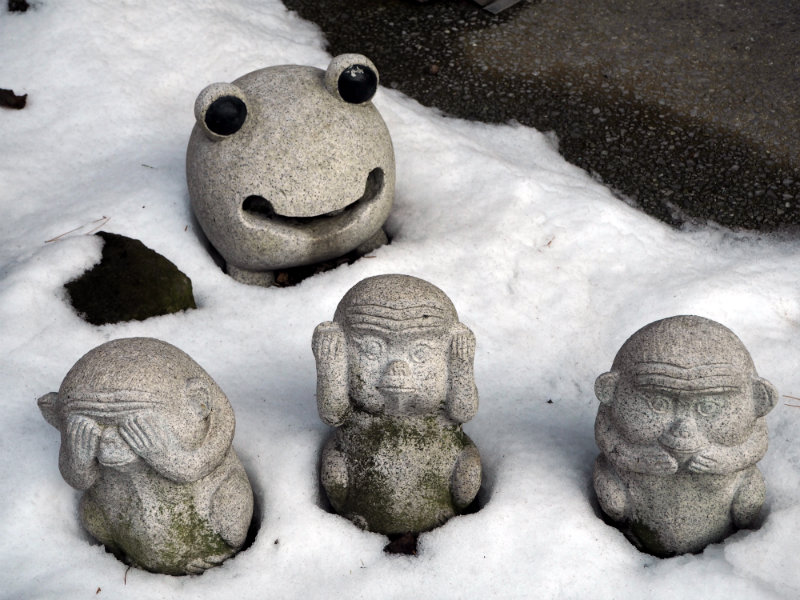
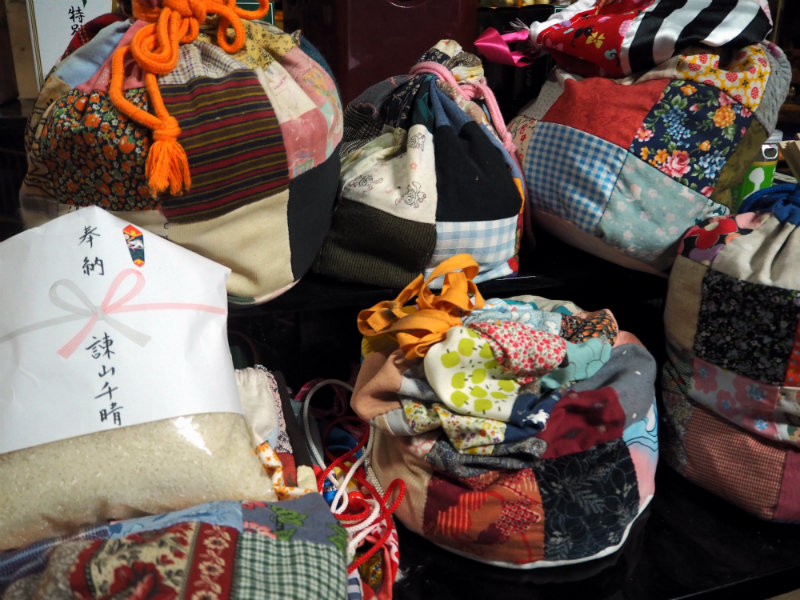
After visiting the temple, walk up the narrow stone steps carved into the side of the mountain to find the beautiful shrine at the top. And while you’re there, don’t miss the cave that’s carved behind the shrine building.
The overwhelming feeling here in the beautiful leafy grounds is one of peace. When we visited there were no tourists, and in fact no other visitors whatsoever. The setting is so beautiful and tranquil that you can’t help but be awestruck.
Whether you believe in a higher power or not, Futagoji Temple is a must-see in Oita Prefecture.
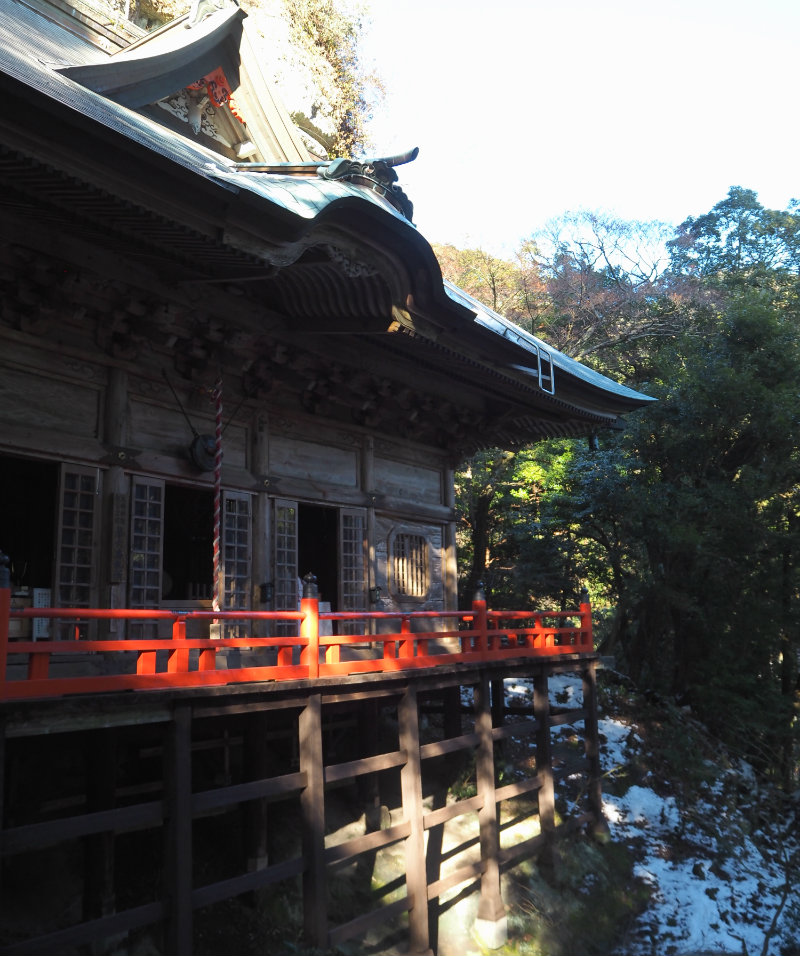
For more information about these sights, and for plenty more ideas of things to see and do, visit the Oita Prefecture website.
Thanks to Tokyo Metropolitan Government for inviting me to visit and experience some of the amazing sights of Oita Prefecture!
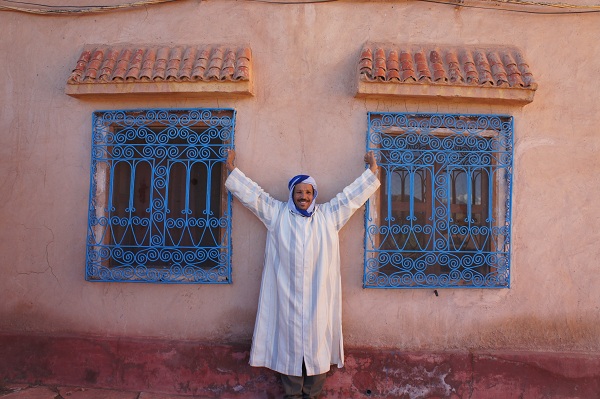
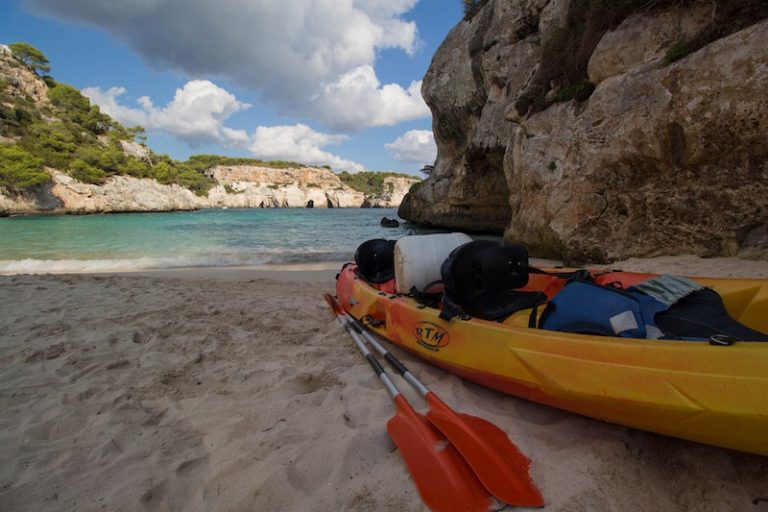

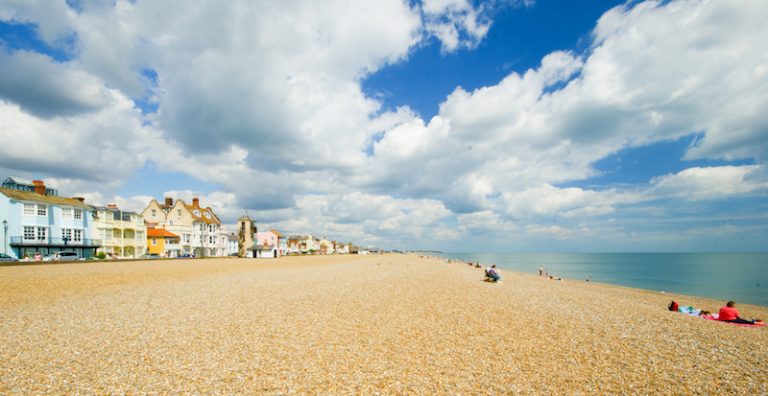
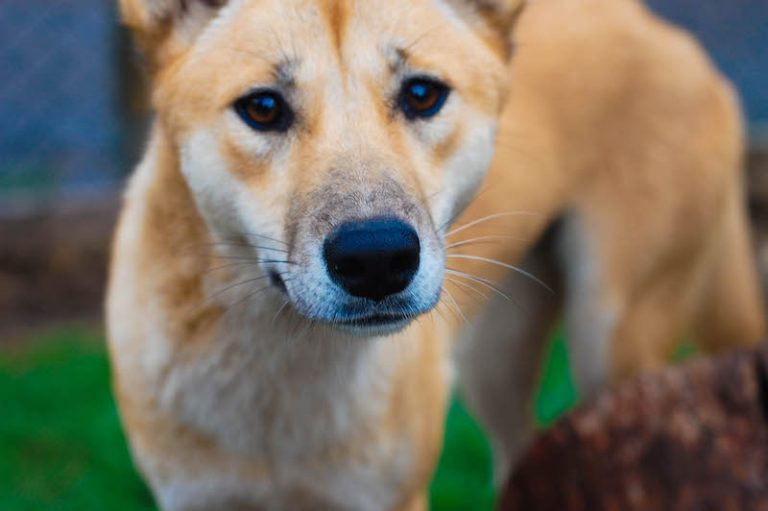
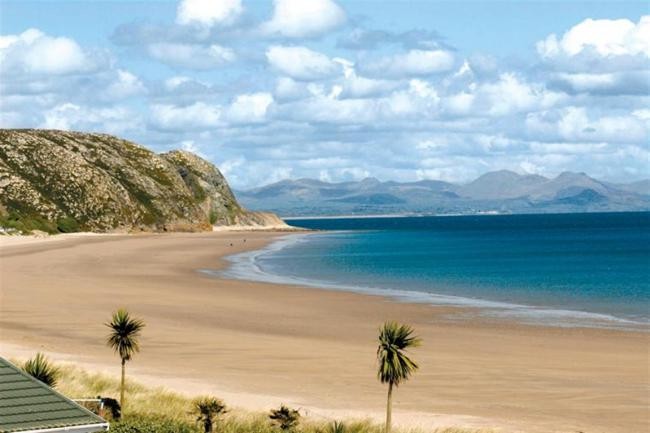
Oh, Japan! My favourite country ever!! I definitely want to get back there and check out some of these sights 🙂
http://travelmatters.co
Your photographs are absolutely gorgeous! I can’t wait to get out to Japan soon, it looks like such an incredible country!
I hope you’re having a most lovely Tuesday,
Michael
https://www.mileinmyglasses.co.uk
If I ever make it to Japan this is definitely one of the places I want to visit! It looks incredible! | http://ourpassportpages.com/